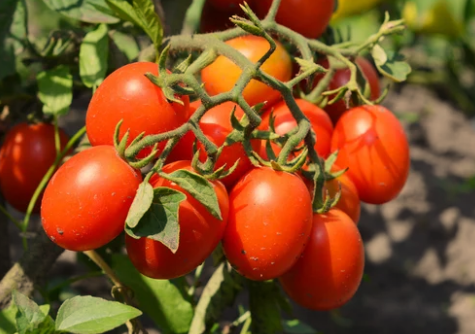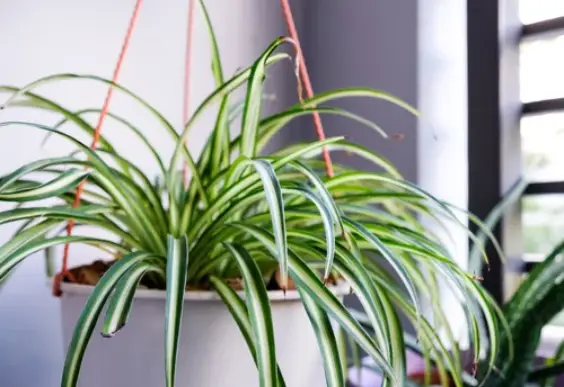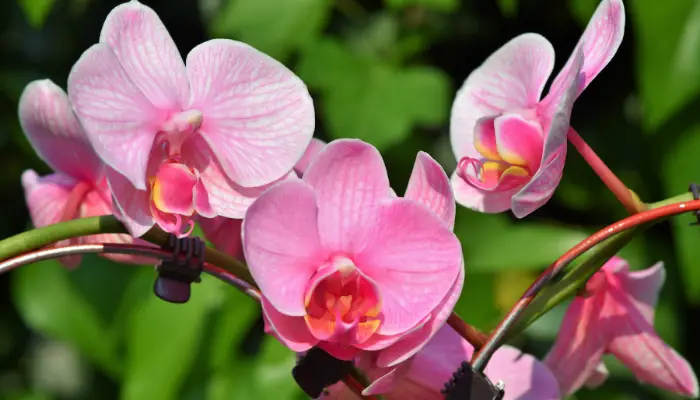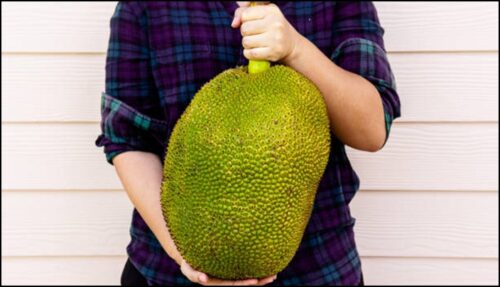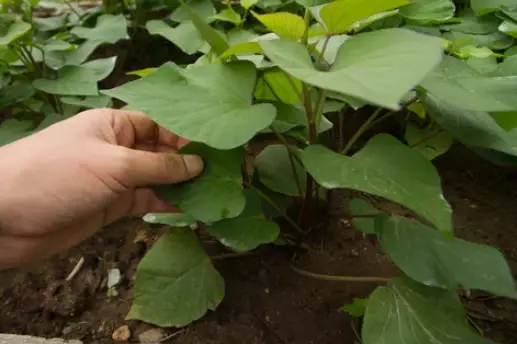Underwatered Tomatoes: The Causes and Solutions for Stunted Growth
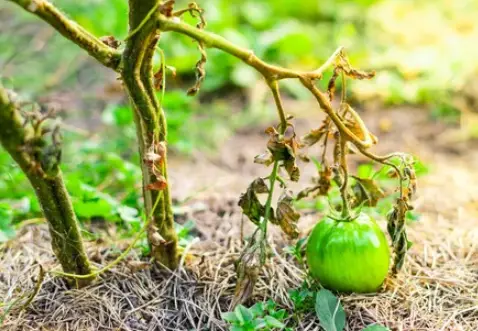
Tomatoes are one of the most popular garden plants grown for their sweet and juicy fruit.
Despite being easy to grow, they are also susceptible to various problems that affect their growth and productivity.
One of the common problems that gardeners face is underwatered tomatoes.
Underwatered tomatoes are plants that have not received enough water to meet their growing needs, causing stunted growth and reduced yields.
Causes of Underwatered Tomatoes
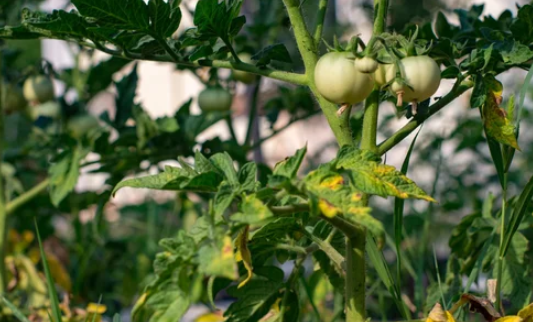
Poor Soil Drainage
Poor soil drainage can cause water to build up in the soil, causing root rot and stunted growth. This is a common problem in heavy clay soils that do not allow excess water to drain away.
Lack of Water
This is the most obvious cause of underwatered tomatoes. Gardeners may forget to water their plants or may not be providing enough water to meet their growing needs.
High Temperatures
High temperatures can cause water to evaporate from the soil faster, making it difficult for plants to absorb the water they need.
Dry Conditions
Dry conditions, such as drought, can cause water stress in tomato plants, leading to underwatered plants.
Solutions for Underwatered Tomatoes
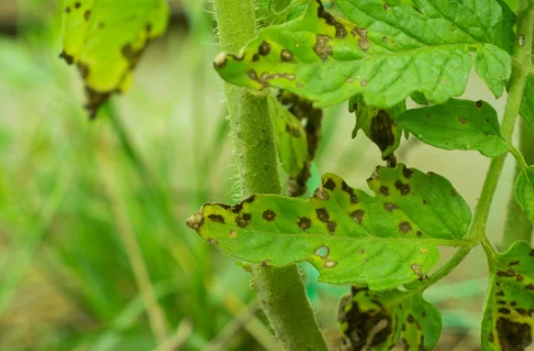
Improve Soil Drainage
To improve soil drainage, amend the soil with organic matter, such as compost, and make sure to plant in well-drained soil.
Water Regularly:
Make sure to water your tomatoes regularly and deeply, providing enough water to reach the roots of the plant. This is especially important during hot and dry conditions.
Mulch the Soil:
Mulching the soil around your tomato plants can help to conserve moisture and keep the soil cool. Use organic mulches, such as straw, leaves, or wood chips.
Provide Shade:
Provide shade for your tomato plants during hot weather to prevent water from evaporating from the soil. This can be done by using shade cloth or by planting your tomatoes in a partially shaded area.
Monitor Soil Moisture:
Regularly monitor the soil moisture levels in your garden to make sure your tomato plants are getting enough water. Use a soil moisture meter or stick your finger into the soil to see if it feels dry.
Here are some Frequently Asked Questions?
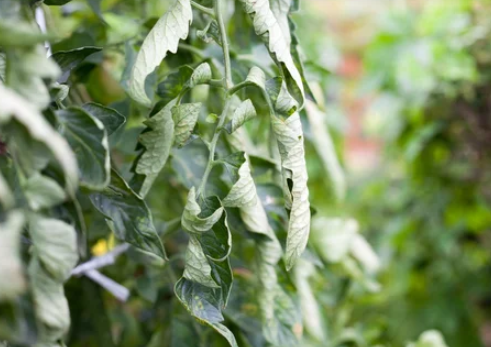
How to Know When Your Tomato Plant is Underwatered?
There are several signs that can indicate that a tomato plant is underwatered:
- Wilting Leaves: Tomato plants will wilt if they don’t receive enough water. This is because the plant is conserving water and reducing the size of its leaves to prevent further water loss.
- Yellowing Leaves: Yellowing leaves can also indicate that a tomato plant is underwatered. This occurs when the plant is unable to absorb enough water to support its foliage.
- Stunted Growth: Underwatered tomato plants may show stunted growth, as the plant is unable to access the water it needs to grow. This can lead to smaller fruit sizes and reduced yields.
- Cracking Fruit: Tomato fruit that is underwatered may develop cracks, as the plant is unable to absorb enough water to support the growing fruit.
- Soil Moisture: To determine if your tomato plant is underwatered, you can check the soil moisture level by inserting your finger into the soil. If the soil feels dry, it’s likely that the plant needs water.
It’s important to address underwatered tomato plants promptly to avoid further stress and damage to the plant. If you’re unsure if your plant is underwatered, it’s always a good idea to check the soil moisture and provide additional water if necessary.
Can you Water Tomatoes too Much?
Yes, you can water tomatoes too much. Overwatering can be just as harmful to tomato plants as underwatering. When soil stays constantly moist, the roots of the plant can become waterlogged, leading to root rot and a host of other issues.
Should Tomatoes be Watered Every Day?
The frequency of watering tomatoes will vary depending on several factors, such as soil type, weather conditions, and the size of the plant. In general, tomatoes should be watered deeply and consistently to avoid water stress, which can lead to stunted growth and reduced yields.
For most garden conditions, watering every two to three days is sufficient, but during hot weather, more frequent watering may be necessary. The key is to make sure that the soil around the roots stays evenly moist, but not waterlogged. To avoid over-watering, it is best to wait until the top inch of soil dries out before watering again.
It’s also important to avoid getting water on the foliage of the plant, as this can lead to disease and mold issues. Drip irrigation or soaker hoses are good options for delivering water directly to the roots, without getting the foliage wet.
In general, it’s always a good idea to monitor the soil moisture levels around your tomato plants, and adjust your watering schedule as needed to ensure that the plants receive the water they need to thrive.
Conclusion
Underwatered tomatoes can be a major problem for gardeners, causing stunted growth and reduced yields. However, by understanding the causes of underwatered tomatoes and implementing the solutions, you can keep your tomato plants healthy and productive.
Remember to water regularly, improve soil drainage, mulch the soil, provide shade, and monitor soil moisture to prevent underwatered tomatoes. Happy gardening!

